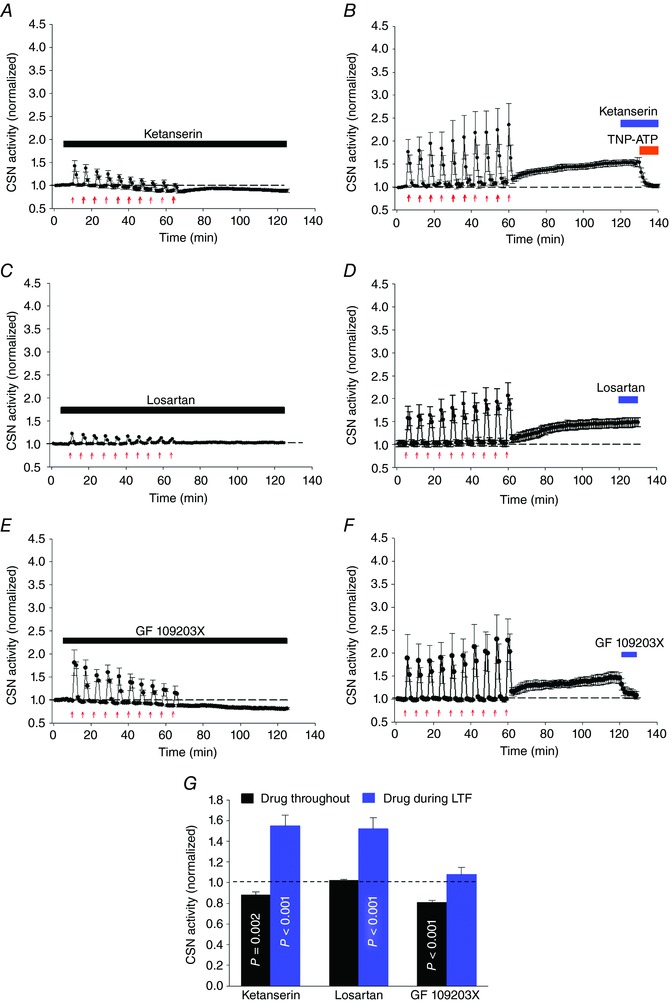Figure 7. Involvement of 5‐HT2 and AT1 receptors, and PKC activation in AIH‐Hc induced sensory LTF in CBs from naïve rats.

Average integrated CSN activity (mean ± SEM; n = 5) showing that the anti‐hypertensive drugs ketanserin (A, 1 μm; 5‐HT2 receptor antagonist) and losartan (C, 3 μm; AT1 receptor antagonist) applied throughout the experiment diminished responses to hypoxia‐hypercapnia bouts (red arrows) and prevented sensory LTF. B and D, ketanserin and losartan, respectively, had no effect during the maintenance phase (i.e. once sensory LTF was established), whereas TNP‐ATP (P2X 2/3 receptor‐specific antagonist) completely abolished sensory LTF (as shown in Fig. 4 B). E, PKC inhibitor (GF 109203X; 10 μm) applied throughout the experiment also diminished responses to hypoxia‐hypercapnia bouts and prevented sensory LTF. F, when applied during the maintenance phase, GF 109203X potently inhibited sensory LTF (mean ± SEM; n = 5). G, summary data; P values were determined by comparing CSN activities with drugs applied throughout/after sensory LTF and the basal responses before AIH‐Hc (dashed line). Data are the mean ± SEM; n = 5).
